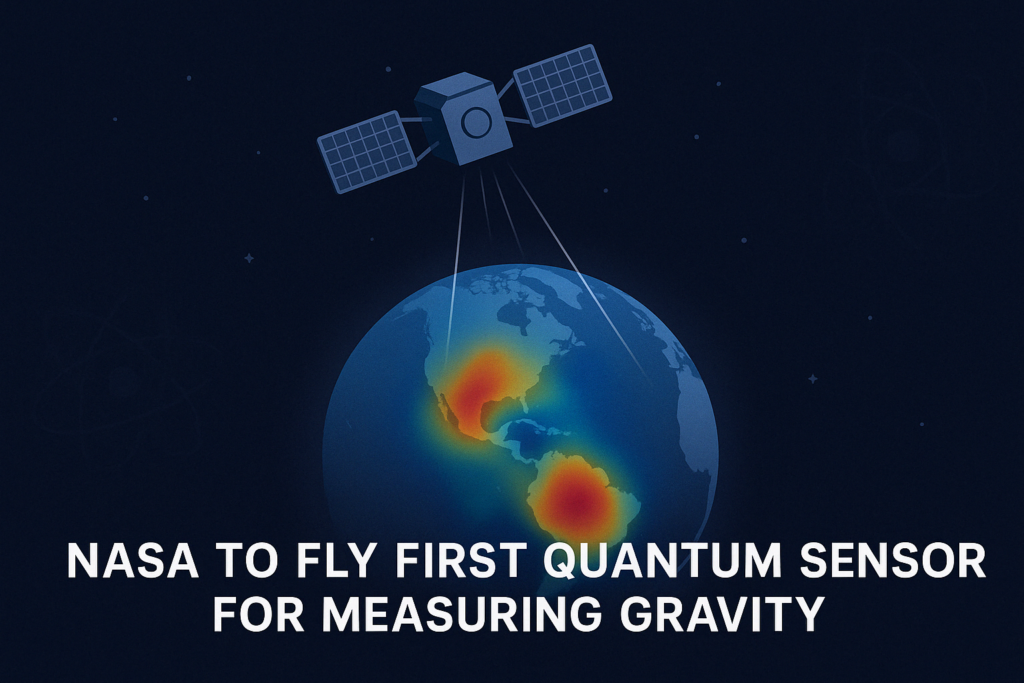
Researchers from NASA’s Jet Propulsion Laboratory (JPL), alongside private partners AOSense, Infleqtion, and Vector Atomic, are advancing the Quantum Gravity Gradiometer Pathfinder (QGGPf) project to demonstrate quantum-based gravity measurements in space. Supported by NASA’s Earth Science Technology Office (ESTO), the mission will deploy a compact quantum sensor aboard a spacecraft to map variations in Earth’s gravitational field with unprecedented sensitivity. The QGGPf system will use two clouds of ultra-cold rubidium atoms as test masses to measure differential acceleration through quantum wave interference.
The sensor is designed to be significantly smaller and lighter than traditional gravity gradiometers, occupying about 0.25 cubic meters in volume and weighing approximately 125 kilograms. By employing quantum matter waves instead of classical mechanical masses, the system is expected to achieve up to ten times greater sensitivity compared to conventional sensors. The mission’s primary objective is to validate quantum technologies for future applications in Earth observation, planetary science, and fundamental physics research.
QGGPf is scheduled for launch near the end of this decade. The project represents the first attempt to operate a quantum gravity gradiometer in orbit, with the results expected to inform the design of next-generation instruments capable of supporting resource management, national security, and space exploration initiatives. The program builds on JPL’s broader Quantum Space Innovation Center activities and complements NASA’s strategy to advance atomic-scale sensing technologies.
Read the full NASA announcement here, and visit the QGG project page here.
April 17, 2025